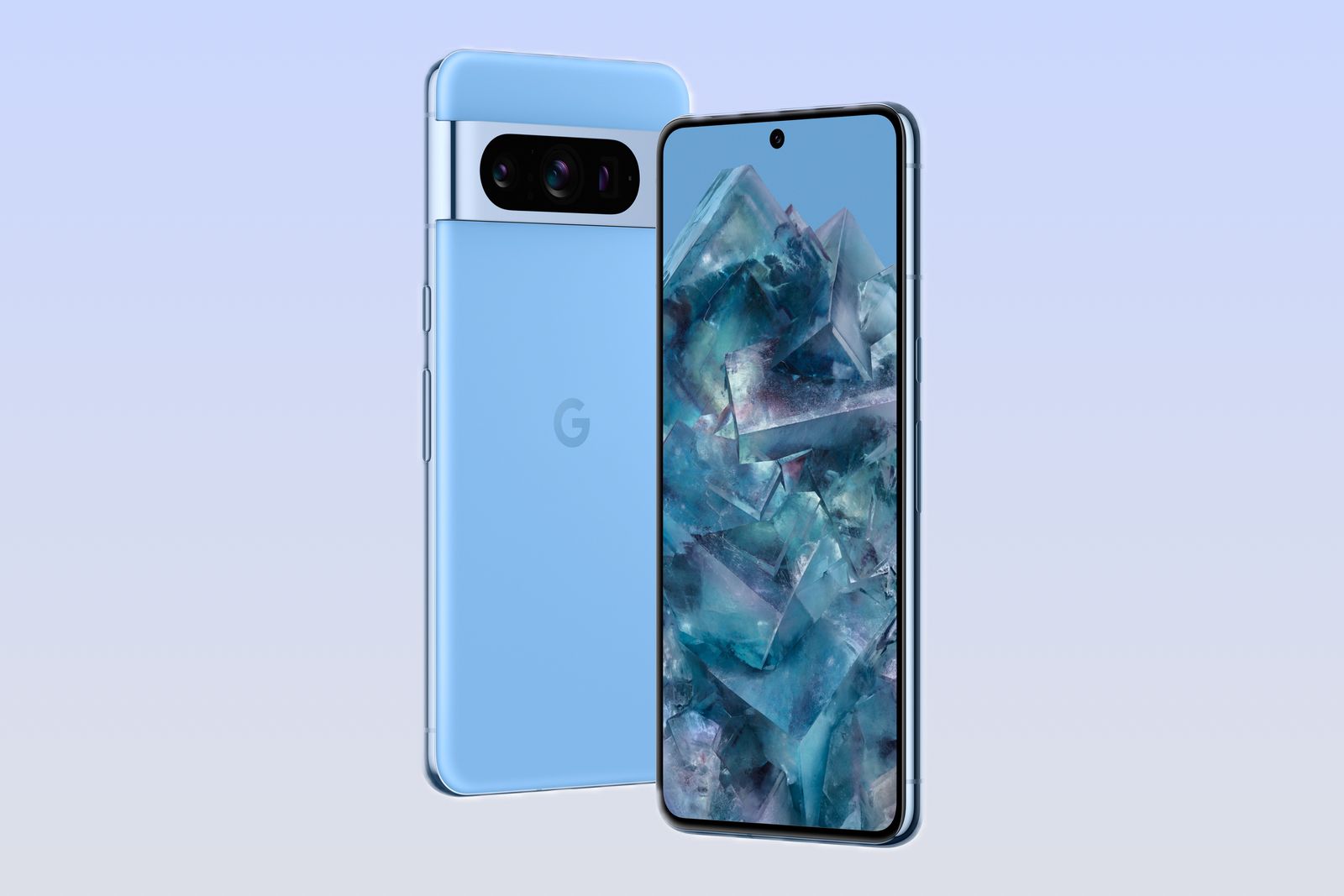Key Takeaways
- Google's new Pixel 8 and Pixel 8 Pro offer 7 years of updates, surpassing the previous 5-year promise and surpassing Apple's support for the iPhone. This ensures long-term security and access to the latest features.
- Extended device support is beneficial for sustainability, reducing electronic waste and landfills. Customers can use their phones for longer and potentially sell them in the second-hand market.
- While battery life may decline over time, software support will continue until the hardware is no longer viable. Google's move sets a precedent for Android and raises the question if other companies will follow suit.
Google has just pulled the covers off the Pixel 8 and the Pixel 8 Pro, updating its flagship devices for 2023. While there's more power at the core in Tensor G3 and a wider range of camera skills - there's one thing that jumps out from these devices: there are now 7 years of updates.
That tops the old 5-year promise - something that was matched by the likes of Samsung - and it means that if you buy a Google Pixel, you can rest assured that it will remain safe and secure for 7 years into the future. Importantly, this matches or betters Apple's support commitment to the iPhone.
Why is this important? The obvious factor is that for those who invest in one of these devices they will know that exploits and other issues on the software side will be patched. That means your data and security will be covered, and you won't find yourself vulnerable when using the device later in its lifecycle. It also means you'll be getting the latest features from Google, as this promise extends to the OS updates, too.
Lifecycle is an important factor, too, because, with growing interest in sustainability, companies like Google don't want to be seen releasing obsolete devices in a couple of years, ending up being recycled or, worse, in landfills. Having more years of updates means the device remains viable for longer, which is better for the environment as people can keep their phones for longer.
It's also better for the customer: if you struggle to afford a phone, you will now be able to use that device for longer, so you might be happier with making that initial investment. But it also means that when you've finished with it and want to upgrade, there might be usable life in it for another owner, which is good for value in the second-hand market.
Whether your phone is worth using for that length of time is a different matter. The battery is usually the first thing to decline. Charging through lots of cycles will decay the battery, and it will struggle to hold a charge. That's not necessarily the end of the phone as batteries can be replaced and that's likely to get easier going forward as there's greater impetus to repair devices than dispose of them. But long-term battery life is likely to be the biggest concern.
But from a software point of view, this probably means that the device will be supported until the hardware is no longer viable. That's often the case for the iPhone with its long support. Many users of older iPhones find that - aside from battery life woes - other areas of the hardware then can't keep up. Devices become slower and wear and tear start to have an impact on things like the display and the performance of buttons.
Importantly, however, Google is leading the way for Android with the launch of the Pixel 8, and it surpasses its biggest rival, Apple, which has always offered impressive support for its devices. The question is whether Google will be an outlier here or if others will follow.



